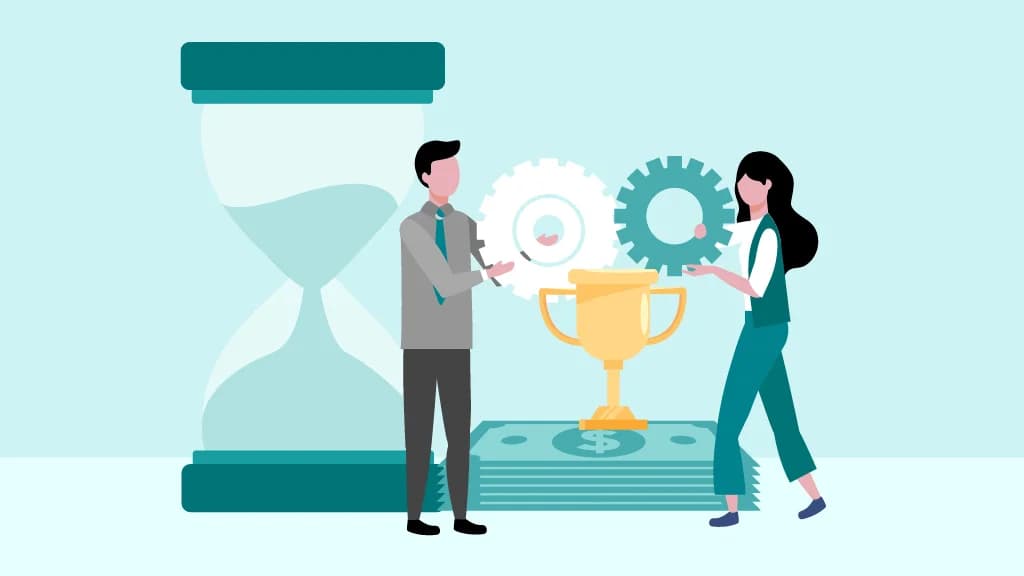Gratitude in the Workplace: Embracing a Culture of Thankfulness at Your Organization

Kartikay Kashyap
August 6, 2025

A financial services firm was going through drastic changes since the last three months. Looking at a stagnant performance in the market, the board decided to appoint a new managing director. For this new appointment, the leadership decided to bring a lot of changes. It was going through a major transformation with a lot of incoming new leaders. There was a lot of chaos and uncertainty among employees, and the morale was also down. Leadership could see the toil the employees were going through, hampering their physical, mental, and social well-being. So, the leadership decided to focus on cultivating a culture of gratitude!

Why should Gratitude be a part of our Corporate Culture?
4 Benefits of Creating a Culture of Gratitude at the Workplace
- Boosts Relationships: According to Sara Algoe, a psychologist at the University of North Carolina at Chapel Hill who has researched how gratitude aids relationships, co-workers can sense a greater level of bonding when gratitude is part of company culture. This can help organizations build better teams, leading to better performance.
- Higher Job Satisfaction: A study conducted by Portland State University also suggests that gratitude helps boost job satisfaction. Employees also experience fewer headaches, better-quality sleep, and healthier eating habits.
- Reduces Impatience: Researchers have explored the relation of gratitude with the state of mind. Research by David DeSteno, Department of Psychology, Northeastern University, shows that in an environment where employees regularly express gratitude to each other it helps people stay calmer. This allows for reducing impatience and stress at work.
- Increase Happiness: Starting one’s day by offering gratitude also helps one stay happy at work. It lifts one’s mood, and a feeling of joy and cheerfulness keeps one moving and happy at the workplace. A study conducted by the University of Montana also confirms that living in an environment where gratitude is second nature to people helps them stay happy.
How can Organizations incorporate Gratitude in their Workplace?
Regular Recognition
Recognition programs can help companies cascade the feeling of gratitude in their workplaces. This allows management and managers to reward their employees, and it is one platform for them to show gratitude to their employees. Through the AdvantageClub.ai platform, managers and colleagues can appreciate each other through non-monetary appreciation, such as badges and encouraging notes. This is a great way to drive peer-to-peer recognition, allowing employees to express their gratitude for others.
Personalized Appreciation
Appreciating someone is one thing, but appreciating them by giving them a personal touch is another. For instance, providing a customized note of gratitude coupled with a monetary reward gives a personalized effect. Moreover, AI-powered platforms like AdvantageClub.ai analyze users’ preferences to offer personalized redeemable options and rewards.
Encourage Peer-to-Peer Recognition
A workplace where peers recognize each other’s work, efforts, and brilliance helps build a culture of gratitude. AdvantageClub.ai allows companies to promote peer-to-peer recognition, where employees can appreciate their peers through digital badges and encouraging notes.
Incorporate Gratitude into Daily Routine
How can Technology help in Creating a Culture of Gratitude?
Talking about gratitude at the workplace is more about the relationship between managers and employees. As per a Deloitte study, lack of recognition by leaders to their employees is one of the biggest reasons for the bad state of employee well-being. This means that managers and peers offering gratitude and recognizing each other’s work at the workplace can make a big difference. The good news is that today’s technology can enable companies to achieve such a culture.
Since lack of recognition can impact emotional wellness of an employees, AdvantageClub.ai also comes with Advantage Care which can help the workforce to address their mental well-being as well. The platform comes loaded with features such as personalized yoga and mindfulness sessions which are tailored to the needs of an individual. Moreover, employees can also subscribe to various fitness and meditation programs which can help them address their emotional wellbeing issues. Furthermore, after the integration of AI-powered capabilities, the platform also provides AI-guided exercises which acts like a virtual trainer for an employee.
Conclusion
Now, organizations are not aloof from the benefits of creating a culture of gratitude and appreciation at the workplace. Progressive companies can create a culture of gratitude by digitizing their rewards and recognition program, leading to better bonds among employees. The future of R&R (Rewards & Recognition) is being paved by technologies such as digitization and AI (Artificial Intelligence). Such technolgies allow organizations to create a culture of appreciation and gratitude at scale. Moreover, it can also personlaize the experience of being appreciated which further creates a greater impact on employees





